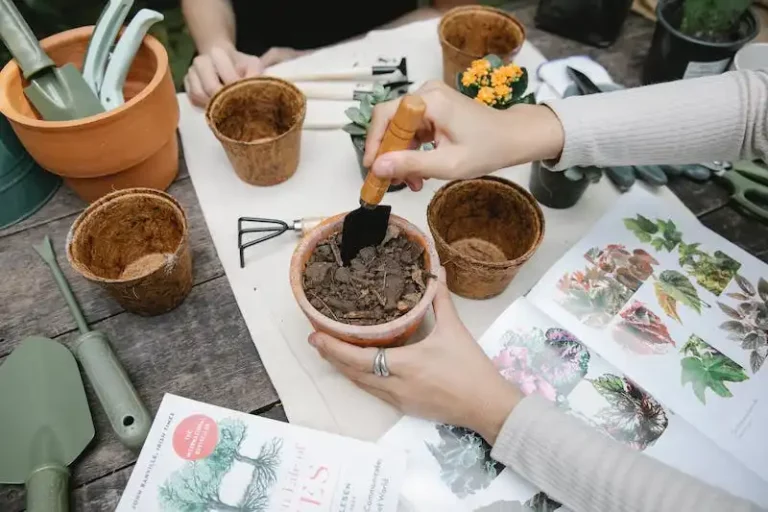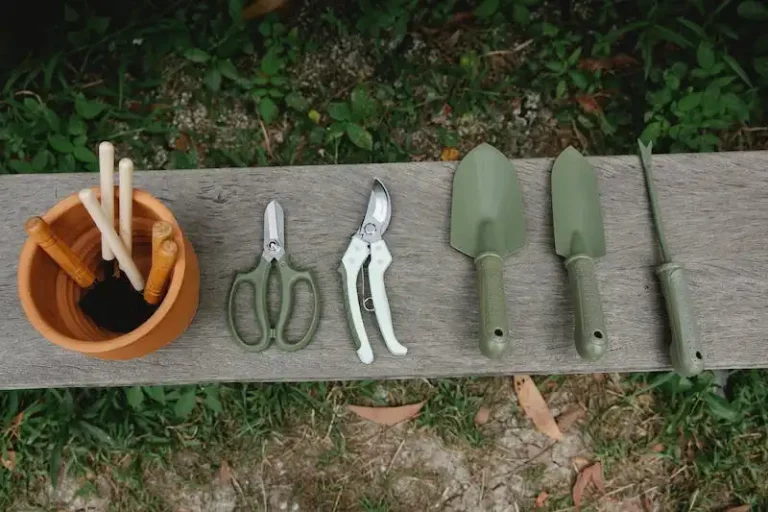Tropical pitcher plants Nepenthes are a fascinating type of plant that have unique characteristics. These plants grow in the wild, mainly in Asia and Africa, and are known for their large pitcher-shaped traps that attract and catch prey. The Nepenthes species vary in size and appearance, but all share the common characteristic of having a tendril that can climb and attach to trees for support.
One example of a Nepenthes species is the Nepenthes rajah, which grows on the slopes of Mount Kinabalu in Borneo. This plant can grow up to 1.5 meters tall and the pitchers can span from 30 to 40 centimeters in length. It is a highland species and requires a cooler habitat than most tropical plants.
These pitcher plants have a fascinating way of catching their prey. The inside of the pitcher is lined with a slippery surface, and the rim is often coated with nectar to attract insects. Once inside, the prey becomes trapped and drowns in the liquid at the bottom of the pitcher. The plant then absorbs the nutrients from the decomposing prey.
If you are interested in growing Nepenthes, here are some tips to consider. These plants prefer high humidity and bright but filtered light, so placing them near a window or in a terrarium can be ideal. They also require a well-draining soil mix, such as a blend of sphagnum moss and perlite. During the winter months, it is important to keep the plants warm and provide extra humidity to mimic their natural habitat.
In addition to their fascinating physical characteristics, Nepenthes also have a rich history. They were first described in the 17th century by European explorers who encountered them in Southeast Asia. Since then, these plants have been a subject of fascination and have been studied extensively for their unique adaptations.
In conclusion, tropical pitcher plants Nepenthes are an intriguing and unique type of plant that have captivated botanists and plant enthusiasts alike. Their growing characteristics and ability to catch and digest prey make them a truly remarkable species. If you are interested in adding a Nepenthes plant to your collection, be sure to follow the growing tips mentioned above and enjoy the beauty and wonder they bring.
Growing Tips for Nepenthes
Nepenthes, also known as tropical pitcher plants, are fascinating plants with unique pitcher-shaped structures that trap and digest prey. They are vining plants that climb trees and have a wide range of habitats, from the mountains of Southeast Asia to the highlands of Madagascar and the Philippines. Here are some tips to help you grow Nepenthes successfully.
- Choose the right Nepenthes species: There are over 140 known species of Nepenthes, each with its own unique characteristics. Some species are better suited for beginners, while others require more effort and experience to grow. Consider researching and selecting a species that matches your level of experience.
- Provide the right growing conditions: Nepenthes thrive in warm and humid environments, so it’s important to recreate their natural habitat as much as possible. They prefer bright indirect light, high humidity levels, and temperatures between 70-85°F (21-29°C) during the day and 60-70°F (15-21°C) at night. Growing them in a greenhouse or terrarium can help create these conditions.
- Use the right soil: Nepenthes are epiphytic plants, meaning they naturally grow on trees instead of in the ground. To mimic this, use a well-draining soil mix that consists of sphagnum moss, perlite, and orchid bark. Avoid using regular potting soil, as it can retain too much water and lead to root rot.
- Keep the pitchers filled with water: Nepenthes rely on their pitchers to catch prey and obtain nutrients. It’s important to keep the pitchers filled with water, as this provides the necessary liquid for digestion. You can use distilled water, rainwater, or any other source of clean, chemical-free water.
- Feed your Nepenthes appropriately: While Nepenthes are capable of catching and digesting prey on their own, you can also supplement their diet if desired. Small insects like fruit flies or ants can be placed inside the pitchers to provide additional nutrients. Just be careful not to overfeed them, as it can lead to mold or rot.
- Support the climbing tendrils: Nepenthes use specialized tendrils to climb trees and reach for sunlight. If you’re growing a Nepenthes that has longer tendrils, consider providing a support structure for them to grow on, such as a trellis or moss pole.
- Consider the temperature variation: Some Nepenthes species, particularly those from highland habitats, require a drop in temperature during the winter months to trigger pitcher formation. If you’re growing a highland species, it’s essential to provide a cooler period to encourage pitcher growth.
By following these growing tips, you can help your Nepenthes thrive and enjoy their fascinating pitcher plants that have been attracting attention for centuries. Their history, physical characteristics, and social interactions with animals, like shrews, make them one of the most remarkable plant species in the world.
Tropical Pitcher Plants Nepenthes
The Tropical Pitcher Plants Nepenthes is a genus of carnivorous plants that grows in tropical habitats. According to Britannica, there are over 140 species of Nepenthes, with most of them growing in Southeast Asia, Madagascar, and the Philippines.
These plants have unique characteristics that attract and catch prey. The pitcher, which is a modified leaf, forms a reservoir-like structure that is filled with liquid. Inside the pitcher, there are hairs and waxy scales that make it difficult for prey to climb out once they fall in. These pitchers can be as small as a few centimeters or as large as a soccer ball.
The pitchers of Nepenthes plants have different ways of obtaining nutrients. Some species produce digestive enzymes to break down their prey, while others rely on bacteria to help with digestion. In any case, the plant gets its nutrients from the prey that falls into the pitcher.
When it comes to growing Nepenthes plants, there are a few tips to consider. Most species prefer highland habitats and thrive in temperatures ranging from 65-85°F (18-29°C), though some can tolerate higher or lower temperatures. They also require high humidity and bright, indirect light. Growing them near a window or using artificial lighting can provide the necessary light conditions. Nepenthes plants also do well in a well-draining mix of sphagnum moss and perlite.
- Provide filtered water or rainwater to avoid mineral buildup.
- Avoid using tap water, as the chemicals can harm the plants.
- Keep the soil moist but not waterlogged, as overly wet conditions can lead to root rot.
- Consider using a terrarium or a greenhouse to create a humidity-controlled environment.
- Feed the Nepenthes plants with small insects or other appropriate prey to supplement their diet.
Some Nepenthes species can be challenging to grow, especially for beginners. However, there are also hybrids available that are easier to care for. If you need help, there are forums and online communities where enthusiasts share tips and experiences.
In their natural habitats, Nepenthes plants play important roles. They serve as a source of water for animals, such as shrews, and provide a habitat for various microorganisms. They are also an excellent example of plant evolution and adaptation to their surroundings. The history and description of these plants are fascinating to explore.
In conclusion, Tropical Pitcher Plants Nepenthes are unique and beautiful plants that can add a touch of exoticness to any collection. Despite their carnivorous nature, they are not harmful to humans or pets. If you’re looking for an interesting and captivating plant to grow, consider adding a Nepenthes to your garden or indoor space. Just follow the specific care tips for each species, and you’ll be rewarded with their stunning beauty and intriguing behavior.
If you have any tips or are looking for more information about growing Tropical Pitcher Plants Nepenthes, please share them with the community.
Tropical Pitcher Plant
Tropical Pitcher Plant, also known as Nepenthes, is a unique type of carnivorous plant that can help control the insect population while adding an exotic touch to your garden or home. These plants have fascinating characteristics and growing habits that make them a popular choice among plant enthusiasts.
Characteristics
Tropical Pitcher Plants have long tendrils that reach out and tend to latch on to nearby objects. This major characteristic allows them to climb and grow in their natural mountain habitat. Although they are mainly found in the mountain regions of Southeast Asia, such as the Philippines, they have been introduced to other regions of the world where they can thrive, like South America and Madagascar.
The pitchers of Nepenthes are the most distinct feature of the plant. These pitchers are large and come in a variety of shapes and colors. They attract insects with their sweet-smelling liquid and once the prey enters the pitcher, it becomes trapped and unable to escape.
Growing Tropical Pitcher Plants
Tropical Pitcher Plants are vining plants, though some hybrids can take on a more tree-like form. When growing these plants, it is important to provide them with a suitable growing environment. They prefer highland habitats with a high humidity level. They thrive in full sunlight and require plenty of water and nutrients.
A useful tip for growing Tropical Pitcher Plants is to consider using sphagnum moss as the growing medium. This helps to simulate their natural mountain habitat. It is also important to keep the soil moist, especially during the dry winter months. The use of rainwater or distilled water is preferred, as they are more acidic and better mimic the natural environment of these plants.
Catch Prey
The pitchers of Tropical Pitcher Plants are designed to catch insects and other small prey. The upper part of the pitcher is filled with digestive liquid, which breaks down the captured prey and provides nutrients that the plant needs. Some species of Nepenthes have pitchers large enough to even catch small mammals like shrews.
If you are considering adding a Tropical Pitcher Plant to your home or garden, follow these tips to help it thrive. These plants can be a great conversation starter and a unique addition to any collection of carnivorous plants.
Please note that while most Tropical Pitcher Plants are relatively easy to care for, some species can be more challenging to grow. Take some time to research the specific needs of the species you choose and consider reaching out to knowledgeable sources for help if needed.



